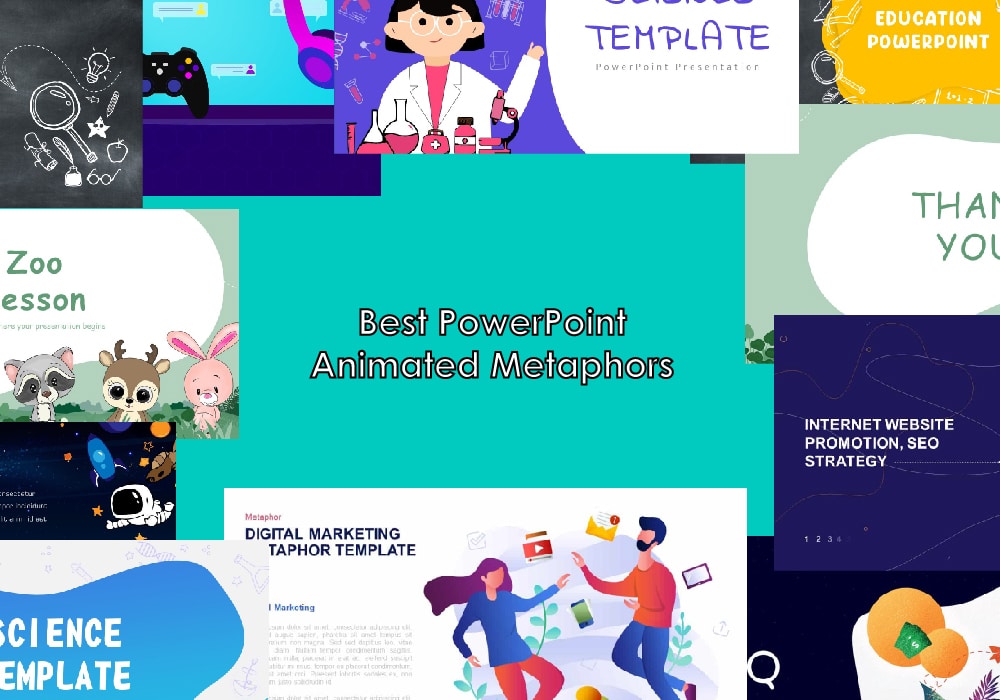Test New Techniques Without Disrupting Production Work for Presentation Teams

In today’s fast-paced business environment, presentation teams face mounting pressure to deliver high-quality, engaging content while simultaneously staying ahead of rapidly evolving presentation trends. As a team lead or manager, you know the challenge all too well: how do you test new presentation techniques without derailing your team’s ongoing production work?
The solution lies in creating a systematic approach to innovation. Specifically, building a backlog of presentation technique ideas paired with small, manageable test plans that can be executed without disrupting your team’s daily workflow. By establishing a monthly rhythm of running and reviewing these tests, you can iteratively improve your presentation quality while maintaining productivity.
Why Testing New Presentation Techniques Matters Now More Than Ever
The presentation landscape is changing at breakneck speed. Presentations have evolved far beyond static slide decks. Audiences prefer presentations lasting between 10 to 15 minutes to maintain attention. Modern presentations are dynamic, interactive, and data-driven.
Teams that fail to evolve their presentation techniques risk becoming obsolete. The challenge is finding a balance between innovation and maintaining production schedules.
Building Your Presentation Technique Testing System
Step 1: Create an Idea Backlog
Start by establishing a centralized repository for innovative presentation ideas. This could be a dedicated Trello board, Notion database, or even a simple spreadsheet. The key is creating a system where team members can easily contribute ideas whenever inspiration strikes.
For each entry in your backlog, capture:
– The specific technique or approach
– Potential benefits and use cases
– Resources required to test
– Priority level
Research from Decktopus suggests focusing on techniques that align with current best practices: “Keep presentations short & sharp: 10–15 minutes maximum with no more than 10 slides. Use minimal text (10–25% text per slide). Engage audiences early and often through questions and polls. Use AI strategically for ease and quality.” (source)
Step 2: Design Small, Manageable Test Plans
For each technique in your backlog, develop a concise test plan that outlines:
– The hypothesis (what you expect the technique to improve)
– Test methodology (how you’ll implement it)
– Success metrics (how you’ll measure results)
– Resource requirements (time, tools, people)
The key is keeping these tests small enough that they don’t disrupt ongoing work. For example, rather than overhauling an entire presentation approach, test a new data visualization technique on a single slide or experiment with an interactive element in just one section.
According to PresentOn.AI, “Every data presentation should focus on a clear narrative, centered on a single key message tailored to the audience. Simplify visuals, avoid clutter, and rehearse thoroughly to ensure clarity and engagement.” (source)
Step 3: Establish a Monthly Testing Rhythm
Consistency is crucial when testing new presentation techniques. Set a regular monthly cadence for testing that includes:
– Week 1: Select 1-3 techniques from your backlog to test
– Weeks 2-3: Implement tests in non-critical presentations
– Week 4: Evaluate results and document learnings
This structured approach ensures that innovation becomes a regular part of your team’s workflow rather than an occasional disruption.
Practical Implementation Strategies
Leverage A/B Testing in Low-Stakes Environments
One effective approach is to create two versions of the same presentation section. Create one using your standard approach and one implementing the new technique. Present both to internal stakeholders or a friendly audience before using either with external clients.
Elsevier recommends tailoring your approach based on audience: “Consider your audience’s background and expertise when organizing data. Use clear, concise language and visually appealing tables and charts to enhance comprehension and engagement, improving the overall impact of your research or findings.” (source)
Incorporate AI Tools Strategically
AI presents tremendous opportunities for testing new presentation approaches without overburdening your team. According to Visme, “78% of businesses expect to increase overall AI spending in 2024 and beyond, with AI tools assisting significantly in presentation creation through automated design and content generation.” (source)
Consider using AI tools to:
– Generate multiple variations of content quickly
– Automate design elements to test visual approaches
– Analyze audience engagement data to measure effectiveness
The time saved through AI implementation can be redirected to testing and refining new techniques.
Focus on Visual Testing
AhaSlides notes that “Good data presentation makes it easier to understand trends, reduces time spent processing data, and communicates results clearly. Humans process graphical information 60,000 times faster than text, making visual testing critical.” (source)
Given this insight, prioritize tests that explore visual presentation techniques:
– Different chart types for the same data
– Animation techniques for complex information
– Color schemes that enhance comprehension
– Visual hierarchies that guide audience attention
Measuring and Analyzing Test Results
For each technique you test, collect both quantitative and qualitative data:
Quantitative metrics:
– Audience engagement levels
– Time spent on specific slides
– Interaction rates with interactive elements
– Retention of key information
Qualitative feedback:
– Audience comments and questions
– Presenter comfort with the technique
– Production team feedback on implementation difficulty
– Stakeholder perceptions of effectiveness
Document these insights in your technique backlog to inform future testing cycles.
Creating a Culture of Continuous Improvement
Successfully implementing a testing program requires more than just processes. It demands cultural buy-in. Here’s how to foster a team culture that embraces experimentation:
1. Celebrate learning, not just success: Acknowledge that some tests will fail, and that’s valuable information
2. Share insights broadly: Create forums for team members to present test results to colleagues
3. Recognize contributors: Highlight team members who suggest techniques that prove effective
4. Start small: Begin with low-risk tests to build confidence and momentum
Conclusion: Evolve Without Disruption
By creating a structured approach to test new presentation techniques through a dedicated backlog, manageable test plans, and a consistent monthly rhythm, you can ensure your team stays on the cutting edge without sacrificing productivity.
This methodical approach allows you to respond to changing presentation trends such as shorter attention spans, increased demand for interactivity, and AI-enhanced content while maintaining your team’s focus on delivering quality presentations for current projects.
The key is making innovation a regular, manageable part of your team’s workflow rather than a disruptive event. Start small, measure carefully, and build on successes to create a presentation team that continuously evolves without missing a deadline.


